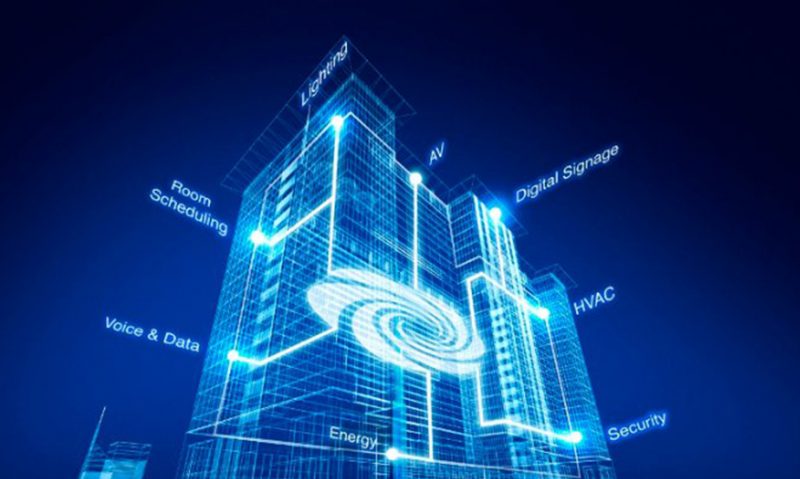Ad Code
Translate
Smart strategies for trading on crypto exchanges
Five Do’s For a Healthy Turnover That Bolsters Talent-Retention
Discover Honeybee Pharmacy (2025 Guide Important Consumer Tips)
What is Ozempic (semaglutide)? (Updated in 2025)
How To Find Suitable Properties In Cyprus?
Posture Bra: Improving Back Support and Comfort
10 Effective Strategies to Improve Domain Authority of Your Website
The Comprehensive Guide To Understanding Smart Buildings

In today's day and age, technology has surpassed expectations by continuously coming up with more and more ways of making our lives easier and, in all regards, luxurious. Not only does it make it easier for us to function, but it also makes our work more efficient and less time-consuming.
This is precisely what smart buildings have achieved through their refined technological advances at making offices and workplaces more productive. This article aims to provide you with all the relevant information you need to comprehend this great accomplishment.
What Are They?
If you aren't already aware, these buildings are labeled "smart" due to their ability to incorporate sensors and actuators in a building to make its operation more worthwhile.
It's for the productivity and security of the building's inhabitants. Not only does it cut down on costs, but also significantly lowers the environmental repercussions of the building.
A simple example would be an automatic air conditioning and heating system that adjusts the internal temperature according to the outside and prevents unnecessary energy usage. See here to learn more about these buildings in detail.
In What Ways Do They Work?
There have been many great examples of smart buildings in recent history. In fact, its system and techniques for a more efficient space are becoming more prevalent. Restaurants and hotels utilize its functions to digitalize menus and orders.
They can alert the customers of updates regarding the meal and other facilities. There's also the example of students and employees being able to check into institutes and offices through a built-in security system that requires just the scanning of a finger.
This method of entry also keeps a digital track of every interaction, so these logs can be used if need be.
How Is It More Environmentally Friendly?
As we all know, a quarter of the energy being put into our buildings is wasted. These buildings make sure that doesn't happen because they adopt a system that carefully evaluates the needs of the building.
All you'll need is an automated system that detects whenever equipment isn't in use and turns it off. Air conditioning, lights, and electronic devices are just a few examples of the energy that could be saved.
How do smart building systems keep your business efficient?
There are many ways in which this question can be answered. The reality is that direct tangible benefits are case to case basis, as one benefit might be amazing for one business, and the other might not even care about it.
But this does not mean we can't assess their value through examples.
A great example would be the meeting room of an office. A smart building system can notify you when the meeting room is free for use.
For example, let's say that the meeting room was booked, but the meeting got canceled. The smart system will inform you about its availability, so you don't waste your time waiting.
How Have They Assisted Us Recently?
These buildings have proven to be a great utility during the pandemic. As soon as workplaces were in use again, being automated was a great advantage to employees.
They could figure out which places to social-distance in through the automated system, which also helped enforce SOPs. These buildings could help in managing and maintaining a clean and healthy environment in the office.
The focus on the safety and health of the employees had a direct correlation to the productivity of the staff. Not to mention, the automation system could be retrofitted to already established buildings, and the ones that didn't already have them didn't need to shift spaces.

Social Plugin